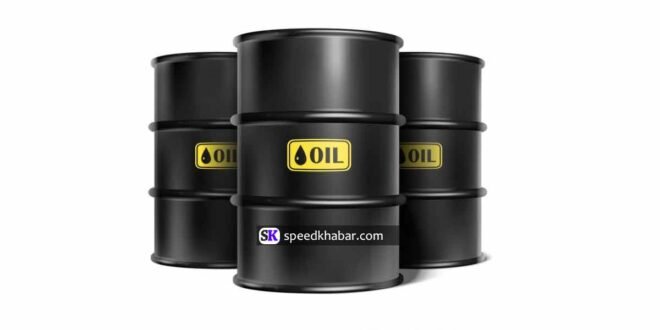Oil costs have been on an exciting ride in the beyond 10 years. They arrived at a pinnacle of $147 per barrel in June 2008, preceding plunging to $40 per barrel in December 2008. From that point forward, costs have vacillated, yet have commonly moved downwards, stretching around $50 per barrel in 2019.
There are various elements that have added to the unpredictability of oil costs as of late, including:
Market interest: Oil is an item, and its not entirely set in stone by the powers of market interest. At the point when supply surpasses request, costs fall. At the point when request surpasses supply, costs rise.
International variables: Oil is created in various nations that are politically shaky. Occasions like conflicts, insurgencies, and psychological militant assaults can all disturb oil creation and lead to cost spikes.
Financial development: When the worldwide economy is developing, interest for oil increments. This can prompt more exorbitant costs.
Theory: Oil is likewise exchanged on item trades. Examiners can trade oil contracts in the desire for creating a gain. This can prompt cost unpredictability, regardless of whether the hidden market interest essentials are unaltered.
The oil value plunge of 2014-2016 was the most emotional decrease in oil costs in late history. It was brought about by a blend of variables, including:
Blasting U.S. oil creation: The US turned into the world’s biggest oil maker in 2014, because of the shale transformation. This expansion in supply assisted with driving down costs.
Retreating international worries: Worries about disturbances to oil supply from the Center East subsided in 2015, which additionally assisted with pushing down costs.
Moving OPEC strategies: The Association of the Petrol Trading Nations (OPEC) is a cartel of oil-delivering nations that records for around 40% of worldwide oil creation. OPEC had customarily reduced creation to help costs when they fell. In any case, in 2014, OPEC chose to keep up with creation levels, which assisted with driving down costs considerably further.
The oil cost plunge altogether affected the worldwide economy. It prompted lower expansion and higher monetary development in numerous nations. Notwithstanding, it additionally caused difficulty for oil-creating nations, like Russia and Venezuela.
Oil costs started to recuperate in 2016, and by 2018, they had reached $70 per barrel. This recuperation was driven by various variables, including:
Creation cuts by OPEC and other oil makers: In 2016, OPEC and other oil makers consented to slice creation with an end goal to help costs.
Solid worldwide financial development: Worldwide monetary development was solid in 2017 and 2018, which prompted expanded interest for oil.
International strains in the Center East: International pressures in the Center East, for example, the Iran-Saudi Arabia struggle, have likewise assisted with supporting oil costs.
Oil costs are supposed to stay unstable before very long. Factors that could influence costs incorporate the speed of worldwide financial development, the degree of oil creation from non-OPEC nations, and international strains in the Center East.
 Speed Khabar
Speed Khabar

